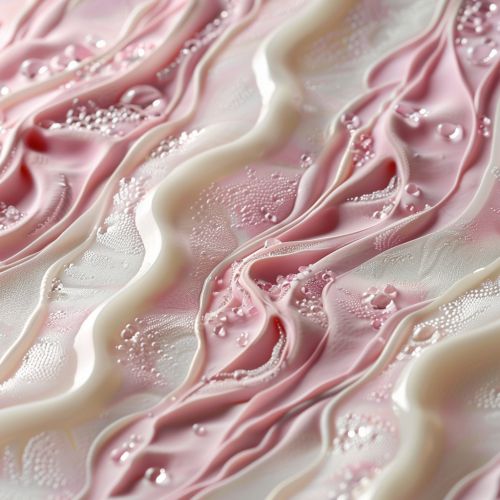Endometrium
Anatomy and Function
The endometrium is the innermost lining layer of the uterus, playing a crucial role in female reproductive physiology. It is a mucous membrane that undergoes cyclic regeneration during each menstrual cycle. The endometrium is composed of a single layer of columnar epithelium resting on the stroma, a layer of connective tissue, and a variable number of glands.


The endometrium's primary function is to provide a suitable environment for the implantation and growth of a fertilized ovum. It undergoes cyclic changes under the influence of female hormones, such as estrogen and progesterone, to prepare for potential pregnancy.
Histology
The endometrium can be divided into two layers: the functional layer (stratum functionalis) and the basal layer (stratum basalis). The functional layer is the outermost layer, which undergoes cyclic changes during the menstrual cycle and is shed off during menstruation if no pregnancy occurs. The basal layer, adjacent to the myometrium, remains relatively constant throughout the cycle and serves as the source for the regeneration of the functional layer.
Hormonal Regulation
The cyclic changes in the endometrium are regulated by the hormones secreted by the ovaries, mainly estrogen and progesterone. The menstrual cycle can be divided into the proliferative phase, secretory phase, and menstrual phase, each characterized by distinct changes in the endometrium under the influence of these hormones.
Clinical Significance
Various disorders can affect the endometrium, including endometriosis, endometrial hyperplasia, and endometrial cancer. These conditions can lead to symptoms such as abnormal uterine bleeding, pelvic pain, and infertility. Diagnosis is often made through histological examination of endometrial tissue obtained by biopsy or curettage.
